Carpet beetles are common inhabitants of households, but should we be worried about these tiny neighbors given their peculiar diet?

These insects may seem unassuming at first glance, with over 1,800 species in the family of carpet beetles. These small creatures, usually measuring up to 12 millimeters in length, can be found in various colors ranging from variegated to black to red-brown. Despite their unassuming appearance, carpet beetles have a unique feature - an incredibly strong digestive system. While they may lack powerful armor or sharp jaws, they are capable of digesting not just carrion but also chitin, skin, hair, and nails with remarkable efficiency.

In their natural habitat, carpet beetles primarily feed on dead insects at ground level. However, they also thrive in animal dwellings such as beehives, bird nests, and mammal burrows, where their population can significantly increase. Surprisingly, human homes are also prone to carpet beetle infestations, given that we shed around 700-800 grams of skin annually along with countless hairs. To these tiny scavengers, our homes are veritable food farms, rich in the nutrients they need to thrive.

The good news is that carpet beetles pose minimal harm to humans. While they may potentially spread worm eggs, they mainly inhabit secluded areas and do not venture onto human food. In rare cases, they may cause damage to leather furniture and clothing if left unattended for an extended period. However, carpet beetles regulate their population through cannibalism, maintaining a relatively peaceful coexistence in our homes. Unless, of course, you happen to be allergic to their excrement.
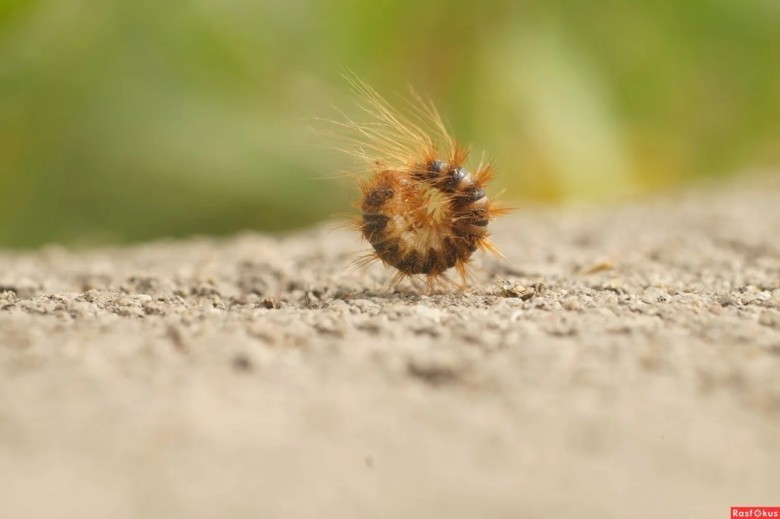
On the other hand, workers at zoological museums hold a different perspective on carpet beetles, particularly due to their voracious appetite for inedible materials. These tiny insects can wreak havoc on museum collections by feeding on delicate specimens, including rare preserved animals and insects. Despite this destructive behavior, practicing zoologists value carpet beetles for their ability to aid in the cleaning of animal skeletons. Zoologists in Denver, for instance, utilize a group of "tame" skin beetles to efficiently clean skeletons, a task that humans struggle to accomplish with the same level of precision.

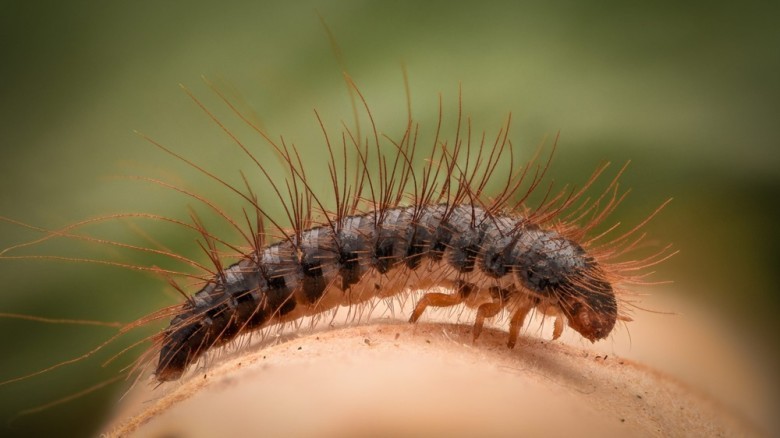
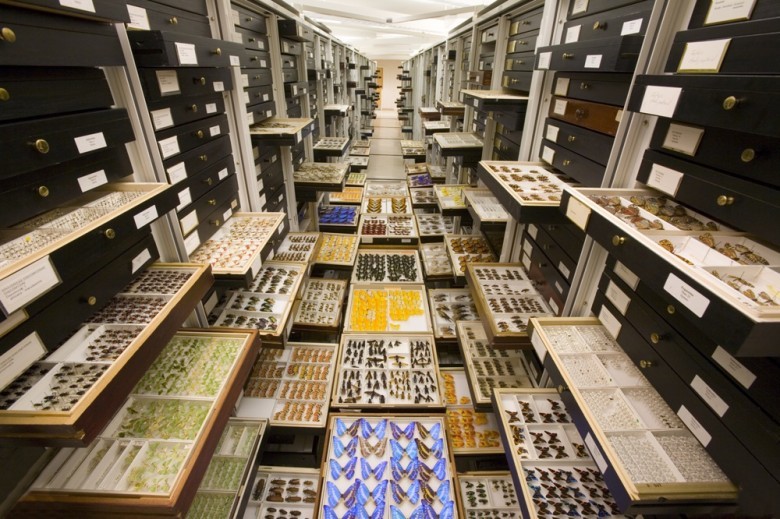
In conclusion, carpet beetles may be a common presence in our homes, but they rarely pose a significant threat to humans. While their diet may seem unsettling, these insects play a valuable role in ecosystems and scientific research. So, next time you spot a carpet beetle in your apartment, perhaps you can appreciate their unique abilities and evolutionary adaptations that make them fascinating creatures in their own right.
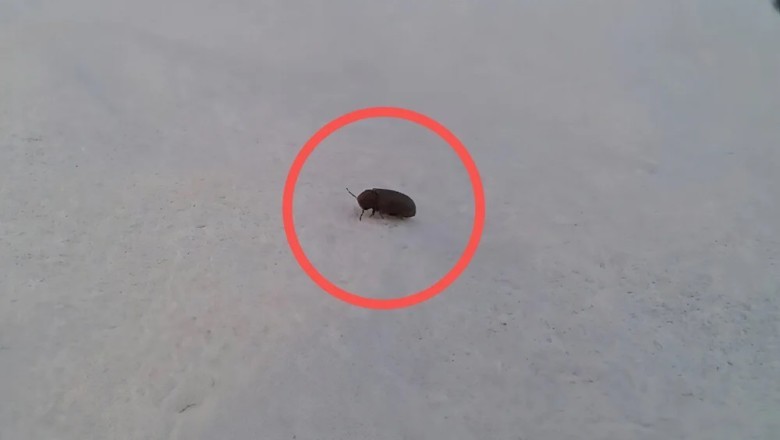










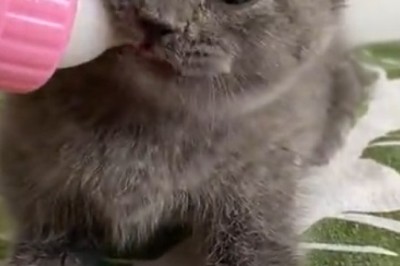








Comments
0 comment